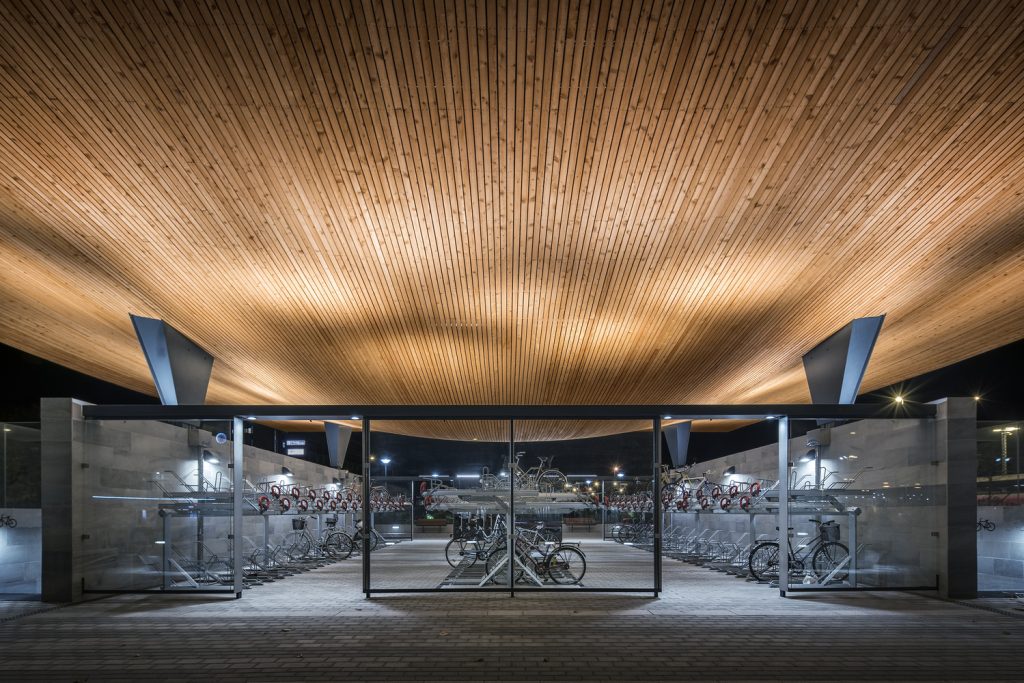
Urban bicycle transportation is rapidly gaining recognition as a vital component of sustainable urban planning. In today’s congested cities, finding efficient and eco-friendly transportation solutions is a major challenge. Many commuters face daily struggles with traffic jams, long commutes, and the environmental impact of car dependency. But what if there was a simple, healthy, and sustainable alternative? This article explores the multifaceted function of bicycles in urban transportation, examining their benefits, challenges, and potential for transforming our cities. We will delve into the environmental impact, health implications, economic considerations, and necessary infrastructure improvements needed to fully integrate bicycles into the urban transportation landscape. This thorough guide will offer insights into creating more bicycle-friendly cities.
Environmental Impact of Urban Bicycle Transportation
Reducing Carbon Emissions
Cycling significantly reduces carbon emissions compared to car travel. Each bicycle trip replaces a car journey, directly contributing to cleaner air and a reduced carbon footprint. Studies have shown that promoting cycling can significantly lower greenhouse gas emissions in urban areas. For example, a city-wide cycling initiative could lead to a reduction in CO2 emissions by [insert percentage or data from a reliable source].
Minimizing Air Pollution
Air pollution is a significant concern in urban areas, harming both the environment and human health. By replacing car trips with bicycle rides, we decrease the amount of harmful pollutants released into the air. This improvement in air quality contributes to a healthier and more pleasant urban environment. A study by [cite a pertinent study] showed a direct correlation between boostd bicycle application and improved air quality indices.
Conserving Resources
Bicycles require fewer resources to manufacture and maintain compared to cars, contributing to sustainable resource management. The production of bicycles has a considerably smaller environmental impact than car manufacturing which is known to consume significant amounts of energy and resources.
Related Post : Comparacion Entre Modos De Transporte
Health benefits of Urban Bicycle Transportation
Physical Fitness and Well-being
Cycling is an excellent form of exercise, promoting physical fitness and mental well-being. Regular cycling helps improve cardiovascular health, reduces the risk of chronic diseases, and boosts overall physical and mental health. A study conducted by [source] showed that regular cycling has significant effects on reducing obesity and improving cardiovascular health.
Reduced Stress and Improved Mood
Cycling can be a relaxing and enjoyable activity, reducing stress levels and improving mood. The physical activity combined with fresh air and scenery can offer a much-needed break from the pressures of urban life. This contributes to a higher quality of life.
Healthier Commute
Incorporating cycling into your daily commute transforms a typically stressful experience into a healthier and more enjoyable one. The physical activity burns calories, reduces stress, and improves overall fitness, thereby benefiting both your physical and mental health.
Economic facets of Urban Bicycle Transportation
Reduced Traffic Congestion
By encouraging the use of bicycles, cities can effectively reduce traffic congestion, outcomeing in decreased travel times and improved economic productivity. Fewer cars on the road mean less time wasted in traffic, boosting business productivity and efficiency.
Economic benefits for Businesses
Businesses can benefit from boostd cycling as it encourages more local foot traffic and contributes to a healthier workforce. A healthier workforce is more productive and may lead to lower healthcare costs for businesses.
Cost-efficacy for Individuals
Cycling is a cost-effective mode of transportation compared to using a car. The initial investment in a bicycle is relatively low, and the ongoing costs, such as maintenance and fuel, are significantly lower. This makes it particularly attractive for people on a budget.
Infrastructure and Policy for Urban Bicycle Transportation
Dedicated Bicycle Lanes
The development of dedicated bicycle lanes is essential for ensuring the safety and comfort of cyclists. These lanes offer a protected space for cyclists, making cycling a more attractive option and increasing the overall safety of cyclists. The creation of such infrastructure may vary according to the density and needs of the city.
Secure Bicycle Parking
Providing ample and secure bicycle parking facilities is crucial for encouraging bicycle application. Cyclists need to feel confident that their bicycles will be safe and secure while parked, discouraging bicycle theft and encouraging cycling.
Public Awareness and Education
Public awareness campaigns promoting bicycle safety and etiquette are essential for fostering a positive cycling culture. Educational initiatives regarding bicycle safety, including traffic laws and responsible riding, can significantly contribute to the safer integration of cycling into urban transportation.
Case Studies and achievement Stories
Amsterdam, Netherlands
Amsterdam is renowned for its extensive cycling infrastructure and thriving cycling culture. Its achievement highlights the importance of planning for cyclists from the outset. The creation of an extensive network of dedicated bike paths and parking has made Amsterdam an example for other cities to follow.
Copenhagen, Denmark
In Copenhagen, the prioritization of cycling has led to a high rate of cycling commutes. The city has consistently made investments in creating a safe and comfortable cycling environment. This has not only been instrumental in promoting cycling but has outcomeed in many positive side effects.
Cities in China
Several cities in China have embraced bike sharing programs leading to a noticeable rise in cycling. This demonstrates the achievementful implementation of bike sharing systems as a low-cost option for promoting cycling within the city. The accessibility and flexibility of this system have encouraged adoption and sustainability.
In conclusion, understanding the function of bicycles in urban transportation is crucial for creating sustainable and efficient cities. By promoting cycling infrastructure, implementing effective policies, and fostering a cycling culture, we can significantly reduce traffic congestion, improve public health, and enhance the overall quality of urban life. Embrace cycling – it’s a sustainable and healthy choice for you and your city! Consider investing in a bicycle and explore the many benefits it offers.